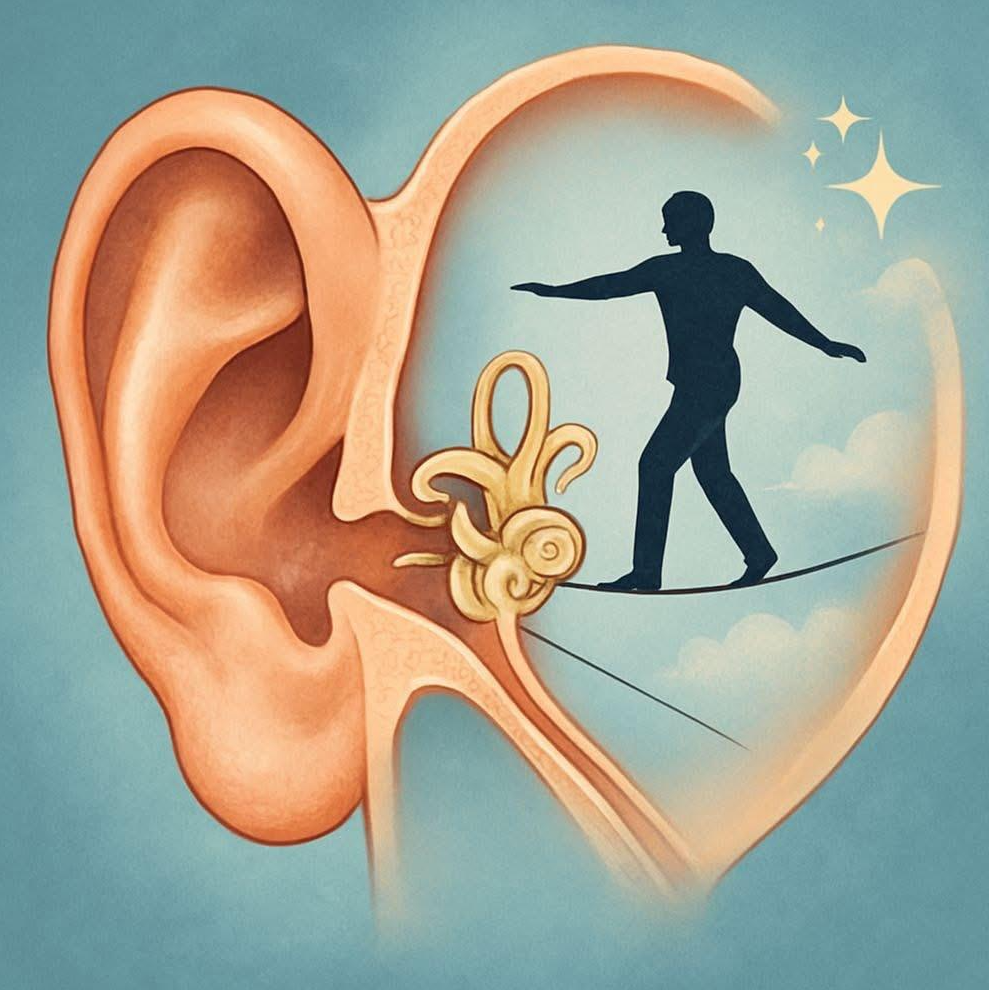Ear wax (cerumen) is a natural substance produced by glands in the ear canal. It protects, cleans, and lubricates the ear, and helps prevent infections by trapping dust, dirt, and bacteria.
Ear wax can become problematic when it builds up and causes a blockage. This may lead to symptoms such as hearing loss, discomfort, itchiness, tinnitus (ringing in the ears), or even dizziness.
Common signs include:
If you experience any of these, it’s recommended to have your ears examined.
Microsuction is a safe, gentle technique using a medical suction device under direct visualisation with a magnifying loupe led light and or otoscope. It is the gold-standard method for ear wax removal and is typically painless.
Irrigation involves using a controlled flow of warm water to flush out wax. It is safe for many patients but not recommended if you have a perforated eardrum, history of ear surgery, or frequent ear infections.
No. Cotton buds can push wax deeper into the ear canal and cause impaction, injury, or even perforation. The ear is self-cleaning—it’s safest to have wax removed professionally when needed.
No, most patients find it quick and comfortable. Some may experience mild pressure or tickling. If you feel pain, let the practitioner know immediately.


Yes. Microsuction and other techniques can be safely performed on children, depending on their age and cooperation. It’s best assessed on a case-by-case basis.
A typical appointment lasts 20–30 minutes. If both ears are heavily impacted, additional time or a second session may be needed.
Yes, if hearing loss was caused by a wax blockage. Many patients report immediate improvement after removal. If hearing remains affected, further audiological testing may be advised.
If no ear wax is present, only the assessment fee will apply. If your symptoms persist, we will examine the external ear canal and middle ear for other possible causes.
In some cases, a basic audiological assessment may be recommended (at an additional cost) to help determine the nature and extent of any hearing loss.
If sudden sensorineural hearing loss (SSNHL) is suspected, an immediate audiological evaluation may be carried out with extra charges, as this condition requires urgent treatment and referral to preserve hearing.
In most cases, regular ear cleaning is not necessary. The ear is self-cleaning—wax naturally migrates outward toward the entrance of the ear canal or the auricle, where it typically falls away. However, the widespread use of earphones, earbuds, and hearing aids—combined with frequent cleaning using cotton buds (Q-tips)—can interfere with this natural process. This disruption may lead to excessive wax buildup, sometimes resulting in complete ear canal blockage.
For most others, an annual check-up is usually sufficient. However, if you’re prone to excessive wax build-up or experience recurring symptoms, more frequent assessments—every 3 to 6 months—are recommended.
Yes, hearing aids can block the natural exit of wax, causing it to accumulate. We refer to our hearing aid users as “heroes”—individuals who continue to stay connected with the world despite hearing challenges, whether due to age, noise exposure, or medical conditions. These heroes should have their ears checked any time they notice a change in hearing, or routinely every 3 to 6 months, depending on their needs.
Yes. We take extra care with patients who have pre-existing hearing issues or sensitivities. Microsuction is particularly suitable as it’s low-risk and doesn’t involve water